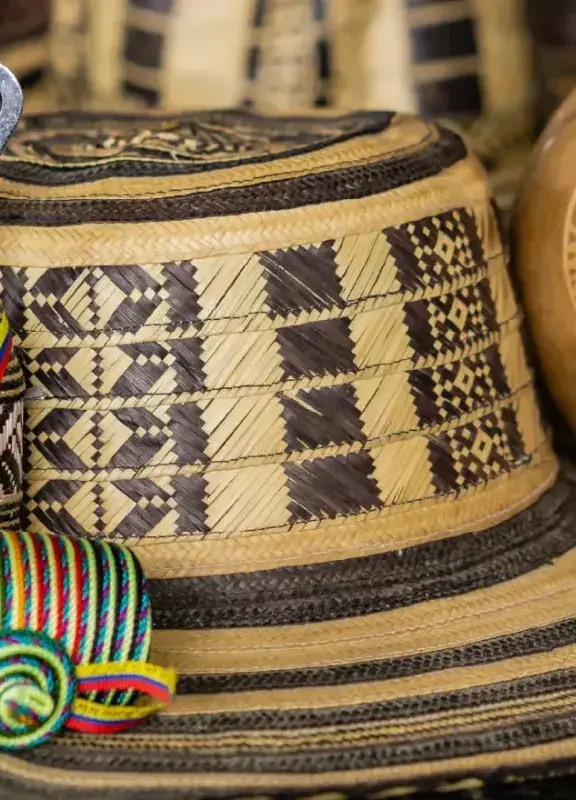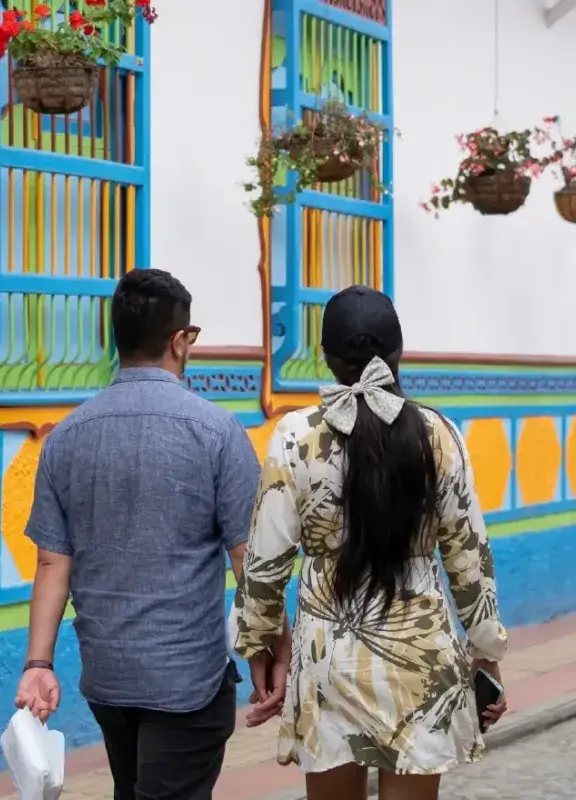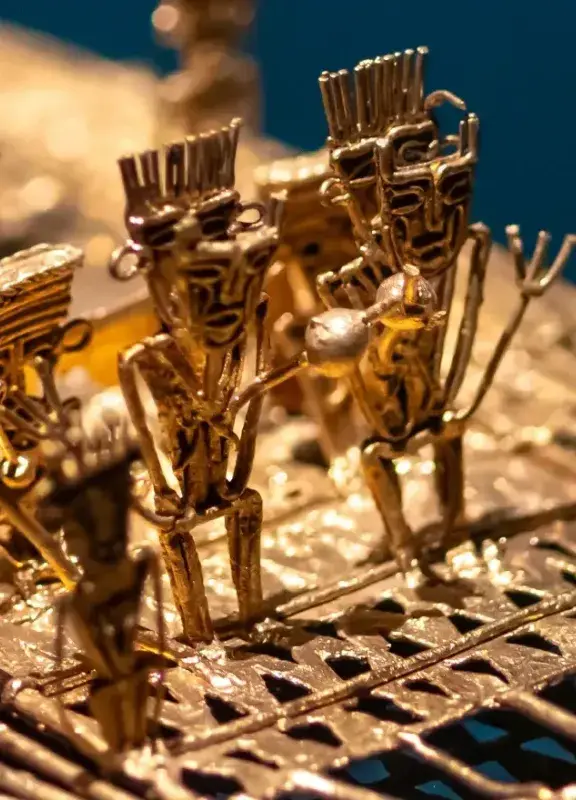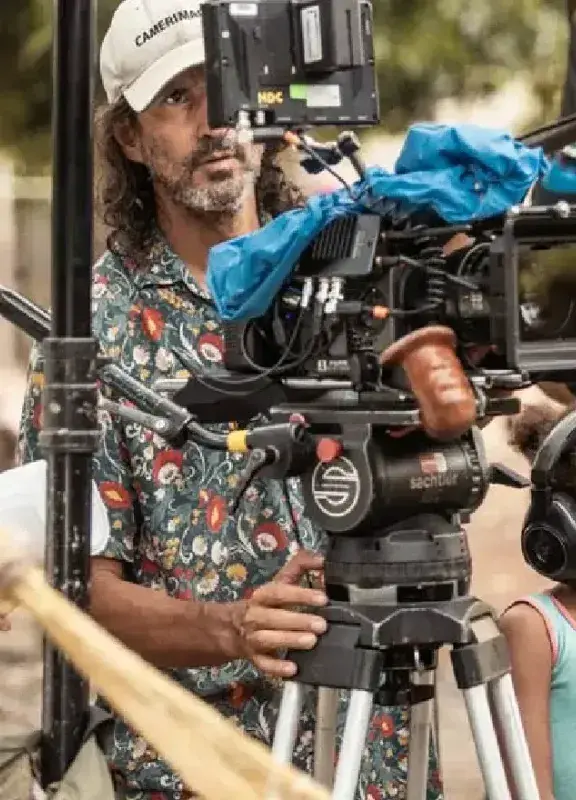Colombia: Land of a Thousand Rhythms
No trip to Colombia is complete without hearing some of the country’s celebrated music.
In Colombia, music is a passion that reflects the great cultural, regional and ancestral diversity of its people and geography. Much of the music is a blend of Spanish and European influences with indigenous sounds and African beats. Often dubbed the “land of a thousand rhythms,” Colombia is home to a dynamic, unforgettable and ever-evolving musical environment.
Here are seven typical Colombian music genres with a sample of each.
Cumbia
Now a well-known genre across the world, Cumbia originated on Colombia’s Caribbean coast, where indigenous Colombians, African slaves and Spanish colonialists mixed.
Known for its signature rhythm, Cumbia began as a courtship dance practiced among African slaves, and later mixed with Amerindian steps and European and African instruments and musical characteristics. Today, Cumbia is very popular in the Andean region of Colombia.
Vallenato
The music of Vallenato, which means “from the valley” in Spanish, comes from the northern coast of Colombia, specifically the valley between the mountains of Sierra Nevada de Santa Marta and Serranía de Perijá in the northeast—near Venezuela.
It has roots in Spanish and West African rhythms, and its signature accordion sound comes from European immigrants to Colombia. The Vallenato is traditionally played with an indigenous Gaita flute, a caja drum and a scratchy-sounding guacharaca percussion instrument.
Vallenato artists tell everyday stories of love and loss. In recent years, artists like Carlos Vives have begun mixing vallenato with more popular music, for a modern variant.
Champeta
Another genre of folk music originating from Colombia’s Caribbean coast, Champeta is also a popular style of dance. Champeta originated among African descendants on the coast, mainly in Cartagena de Indias, and is heavily influenced by African music.
When listening to champeta, you’re likely to hear percussion, electric guitar, bass, conga drums and synthesizer rhythms.
Joropo
Resembling a waltz, the joropo comes from the plains region of Eastern Colombia, known as “Los Llanos.” It’s a fast paced and sometimes complex musical style that uses harps, guitars, cuatros, bandolas and maracas for percussion. (The cuatro and bandola are four-stringed instruments, which resemble sounds of the Spanish guitar.)
Many Joropo songs speak of the lands and animals of the Llano region with love and nostalgia.
Porro
A “tropical music” genre, porro comes from the Caribbean coast, but has spread across the country. It is a joyful style of music danced in couples and closely aligned with Cumbia—but faster. Played mostly by brass bands or orchestras, you’re likely to see it performed with clarinets, flutes, drums, trombones, trumpets and tubas.
According to some accounts, the origins of porro date back to the 16th century. It’s seen a resurgence in recent years in Medellín.
Currulao
Another genre with strong African roots, Currulao comes from Colombia’s Pacific Coast and features a host of percussion instruments: The marimba de chonta, bass drums and the Guasá. The marimba de Chonta resembles a large xylophone and is made using bamboo called Guadua for the resonance tubes and Chonta wood for the slabs. The Guasá is made with a hollow guadua tube filled with dry seeds or pebbles. The vocals are usually sung by a woman who narrates stories in a rhythmic, rhyming manner.
Bambuco
A traditional folklore originating in Colombia’s Andean highlands, the Bambuco fuses Spanish and indigenous styles. It is traditionally performed with a bandola, guitar or mandolin and a small 12-string instrument called a tiple. In modern interpretations, it’s often performed with a fife, and in some cases a tambourine and flute.
 Welcome, you are in
Welcome, you are in 













